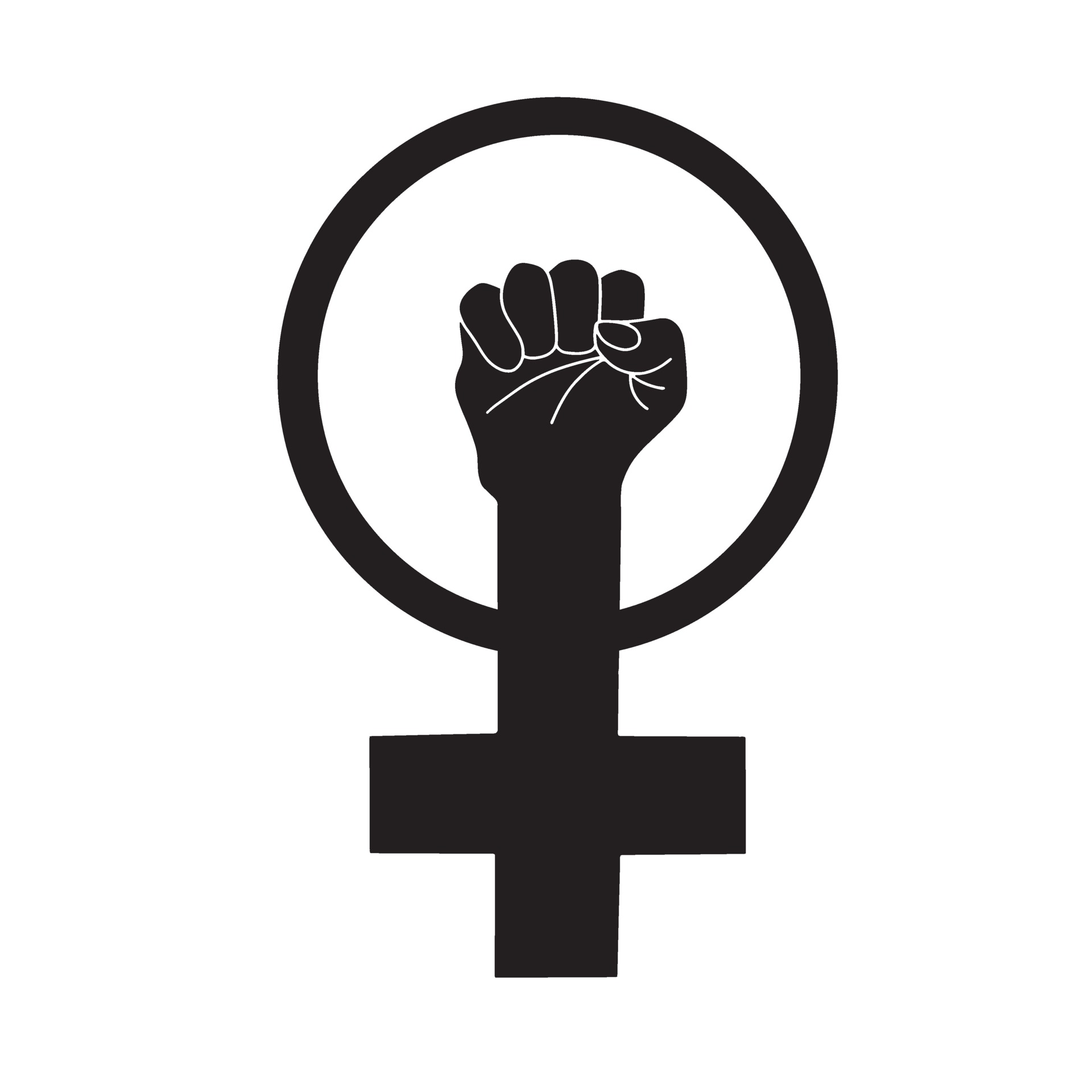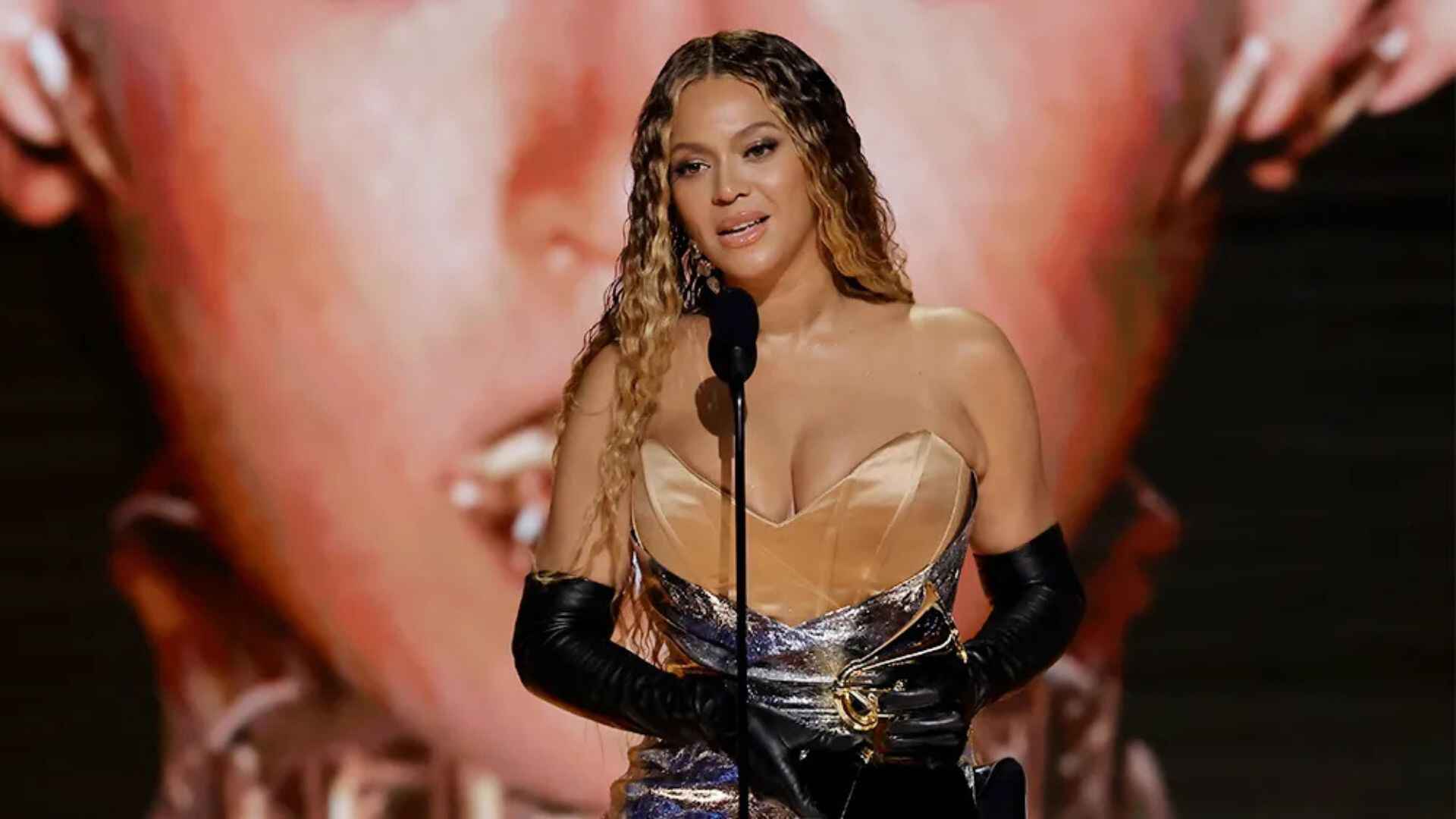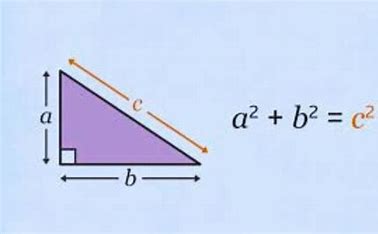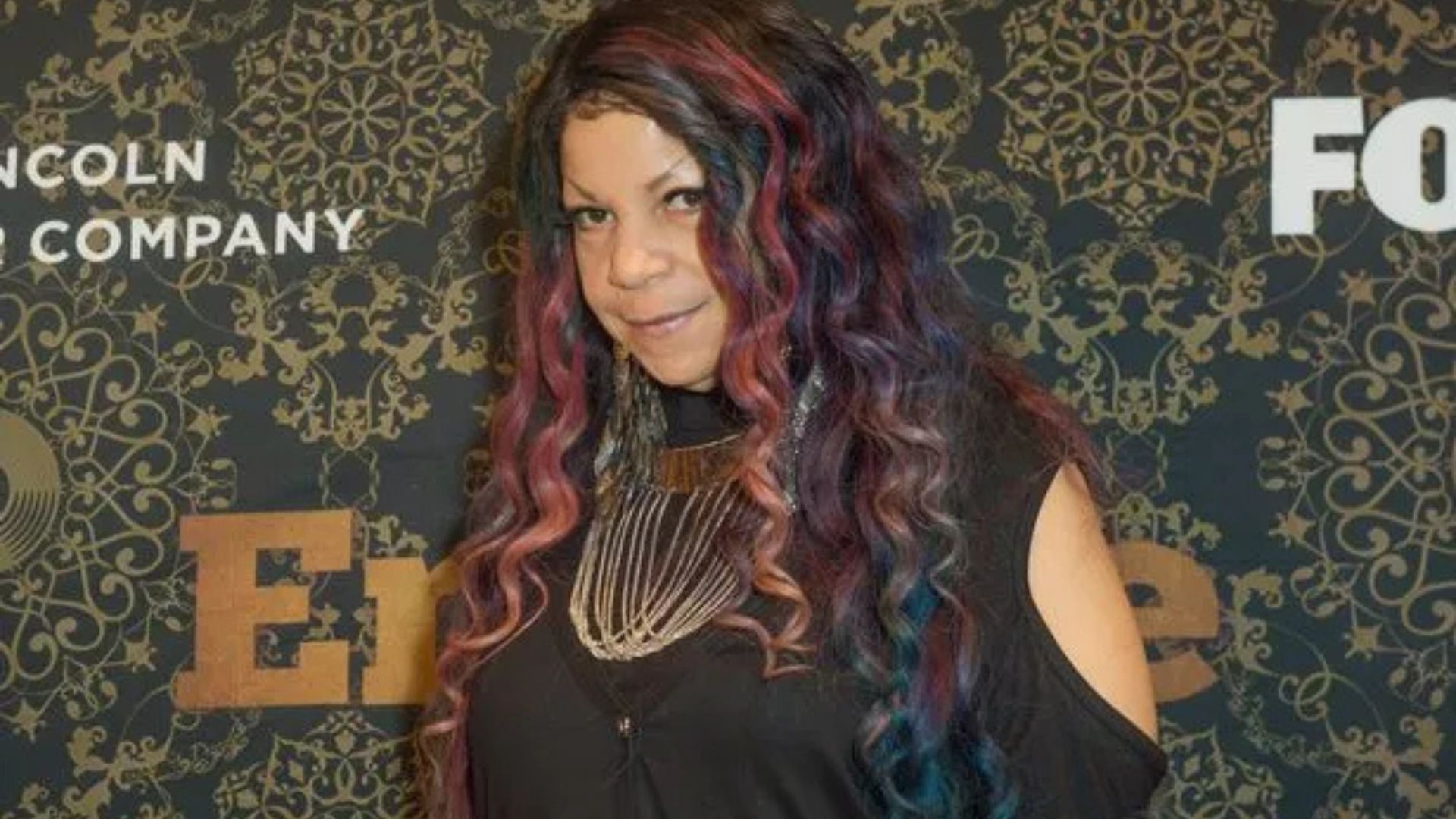
There is miscommunication among new generations regarding what feminism means or being a feminist what does it show? The word “feminism” was first coined in 1837 by French philosopher Charles Fourier (as féminisme) and was used for the first time in 1890. According to the Oxford Dictionary, feminism means the advocacy of women’s rights on the grounds of the equality of the sexes. It embodies the belief and aim that women should have the same rights and opportunities as men and includes the struggle to achieve this aim. Thus, Feminists are the individuals who support and promote feminism. Feminism seeks to challenge the systemic inequalities that women face daily. In layman’s words, a true feminist believes in the equality of all genders. But the young generation confused feminists with misogynists and misandrists. Misogynist means those who think women are inferior to men and misandrist means those who believe that women are superior to men.
But feminist believes both males and females are equal. Feminists can be male or female. Feminist supporters have always spoken about equality before the law and equal position in society. To understand more about feminism, one must read the work of Mary Wollstonecraft. Mary Wollstonecraft was known as one of the foremothers of feminism and made significant contributions to the feminist movement with her revolutionary work in 1792. She authored “A Vindication of the Rights of Woman,” where she emphasized the importance of women’s education. One must read the books written by Simone De Beauvoir (The Second Sex, 1949), Betty Freidman (The Feminine Mystique,1963), Germame Greek (sexual politics,1970), and Kate Millet (Patriarchal Attitude, 1970) for depth of knowledge about the feminism and feminist movement.
Feminism is the voice of women who are constrained by barriers in terms of society, religion, caste, creed, etc. and are deprived of enjoying the freedoms that men can. It advocates for women to have the same rights as men, so they can enjoy the same freedoms. One cannot forget that in India, leaders like Raja Ram Mohan Roy, Ishwar Chandra Vidyasagar, and many others advocated for basic human rights for women when they were not allowed to pursue education and other freedoms. Savitribai Phule also made significant contributions by starting the first school for girls. These leaders worked to establish a society where women would be treated equally to men. For example, if a man can watch a movie late at night, a woman should also be able to do so. This involves not only the values and actions necessary to achieve equality but also political, social, and economic equality among women, men, and non-binary individuals.
True feminism, whether trying to address it or understand it, combines a major focus on the role of society’s norms and their gender implications. Here are some key principles of true feminism:
1. Equality: The real feminists stand for the rights and opportunities of all genders. This involves the issues of the fairness of pay for the same job, the feasibility of their political and business careers, and the right of every person to get an education and healthcare.
2. Intersectionality: Real feminism does not overlook the fact that the African-American community has experienced other forms of racism and that black people have suffered from injustice. Almost everything comes down to social categories: race, gender, or class. Intersectional thinking is the only way to go about it. The feminist movement will have to be inclusive for everyone to experience equality. This includes women on the margins because of race, class, sexuality, disability, and other factors.
3. Respect and Autonomy: The real feminists respect the choices and autonomy of every individual. This implies endorsing reproductive rights, objecting to gendered violence, and promoting the agency of individuals in all fields of life. One must read about the Black women’s movement for reproductive rights which became the movement of every woman in the US irrespective of their skin color during the second wave of feminism.
4. Challenging Stereotypes: Real feminists are active in the positive development of their communities by challenging and finally changing the stereotypes of gender that limit and discriminate against people.
5. Solidarity and Support: Actual feminists both facilitate and construct solidarity across numerous movements and causes. This includes participation in the struggle against injustice and support of campaigns for equality and equity-like the “Me Too movement”.
If we talk about the laws of our society then it is important to mention here that both national and international level laws were framed in such a manner that women’s rights will be protected in terms of economics, education and politics, etc in which The Convention on the Elimination of All Forms of Discrimination against Women (CEDAW), 1981, is considered to be one of the most important international instruments, providing that women be given equal rights to men on equal terms.
Another important thing that needs to be understood is that many of us get confused with the term feminism and morality. Many times, ambiguity may arise between feminism and morality because both imply fairness, justice, and respect, but they are two different concepts. Feminism is a social and political movement whose main purpose is to give women an equal place to men, thus it also deals with gender-based injustice and helps in getting women’s rights on a par with those offered to men, in addition to disabling the existing stereotypes and restrictions towards all genders. Some of the key goals include the erasure of gender-based violence, gender pay equity, reproductive rights, and the destruction of gender stereotypes and barriers. In contrast to this morality is concerned with principles and values that have to do with what is right and what is wrong, and is the right or bad behaviour in the world, which is covered by a multitude of different ethical considerations in people’s life. Morality, which is at the core of our belief system, aims at fostering morality, social justice, fairness, and a respectful environment in people. It shapes correct decisions in people’s actions by the application of moral principles. However, they both do share common principles such as justice, fairness, and respect for individuals and thus it inevitably creates some overlap, but there are still some differences. Feminists commonly employ ethical rhetoric in their endeavours to achieve gender equality, as they think the impartial treatment of all genders is a moral position. On the other hand, the moral of the story focuses on different gender equality issues in the feminist cause and the wider range of ethical issues in the morality context. Realization of this particular distinction enables the fact that feminism is mostly concerned with solving the issue of gender inequality whereas morality defines a wider range of ethical behaviour.
Dr. Pyali Chatterjee, HOD, Assistant Professor, Faculty of Law, ICFAI University, Raipur, Chhattisgarh















